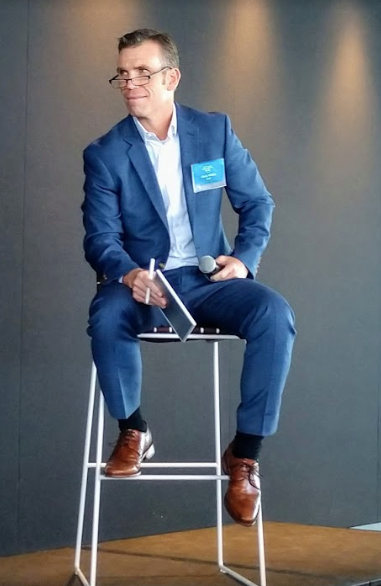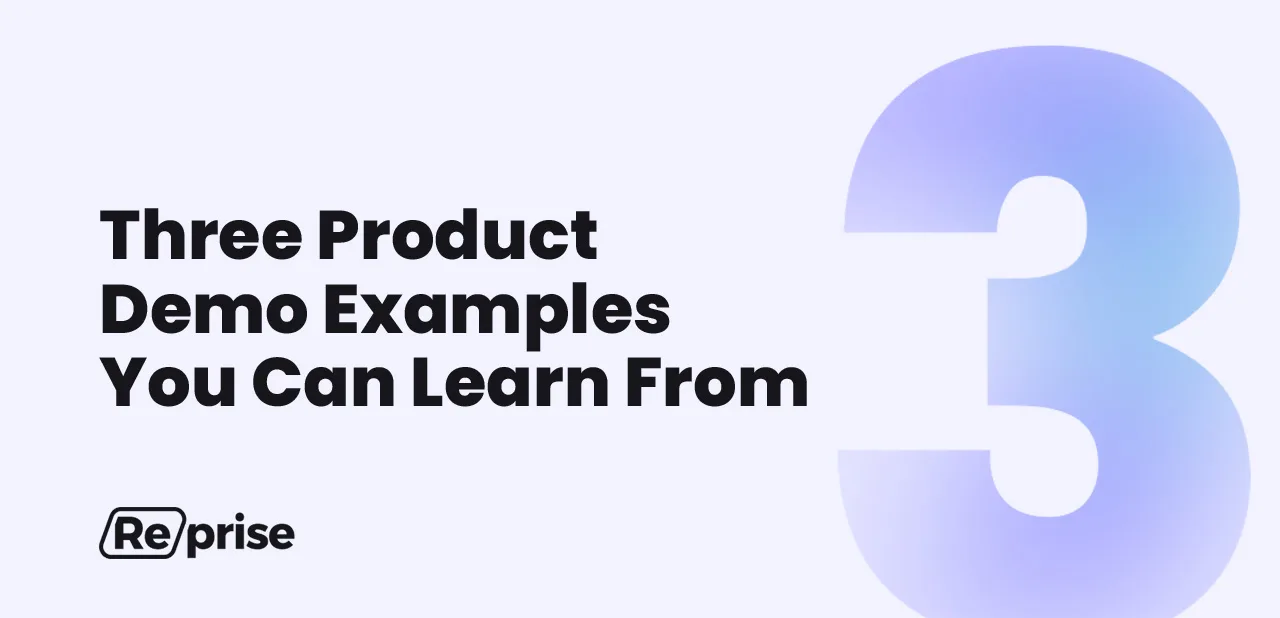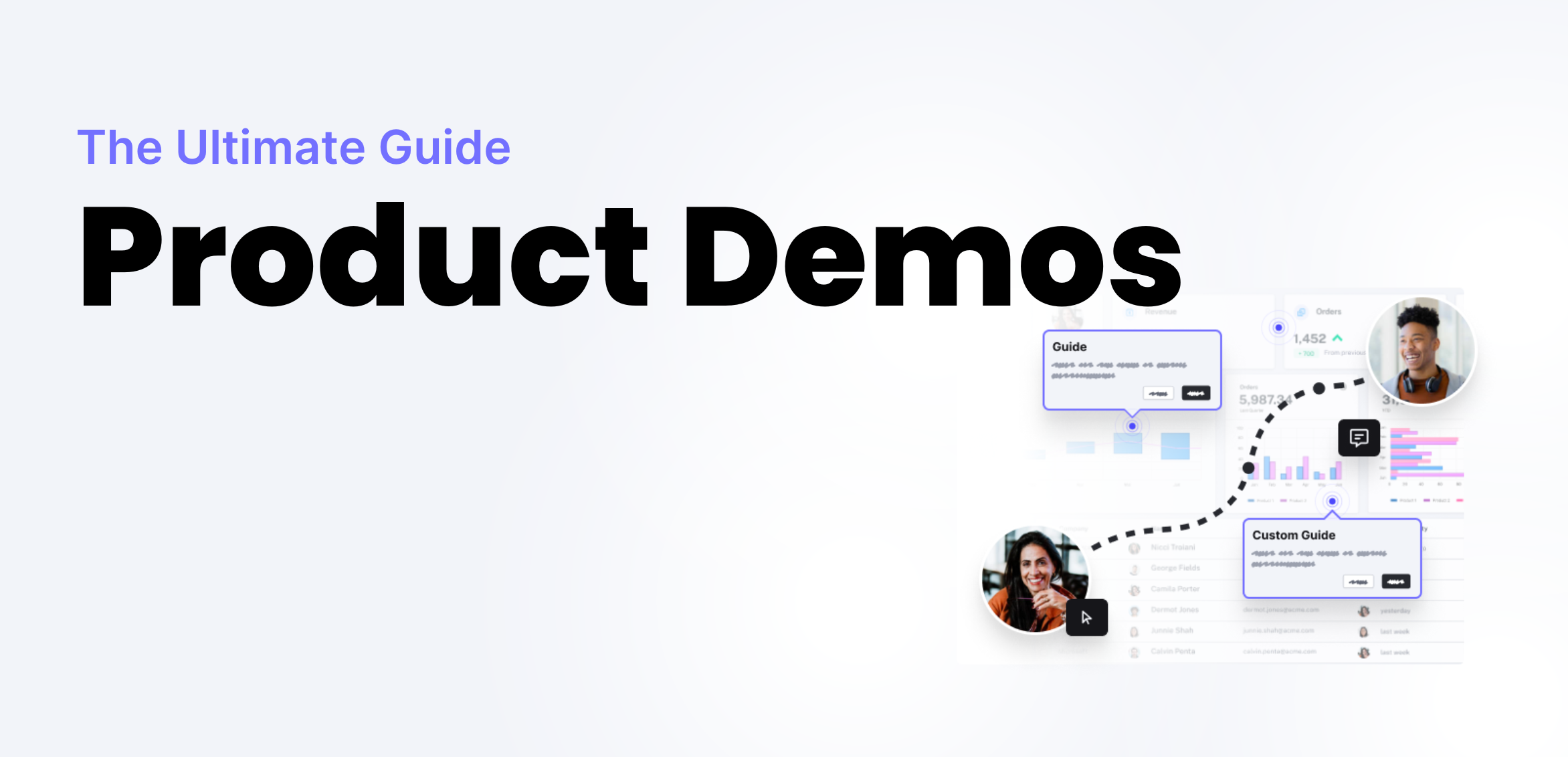How Chris White Closes Deals from Demos

Is your demo flatlining? You might need the help of DemoDoctor – founded by Chris White. He’s an expert in the field of closing demos – making them as effective as possible so you’re getting more deals from your demos. He’s also the author of Six Habits of Highly Effective Sales Engineers, written to help sales engineers deliver killer demos.
I talked with him about the do’s and don’t of demos – a topic we’re both passionate about. Why do so many demos fail to convert, and how can you develop ones that close deals instead of doors?

Let’s start with an intro. What is DemoDoctor?
Demodoctor is a sales training organization for tech sales teams. And you know, one of the aha moments I had years ago was that traditional sales training doesn’t work for sales engineers because it falls on deaf ears – most sales engineers don’t think of themselves as salespeople.
But demo training doesn’t work either – it’s delivered as if sales engineers work in a vacuum, which they don’t. DemoDoctor fills that gap.
What is the MVD – the Minimum Viable Demo?
It’s the shortest story you can tell using your solution to convince the customer that it’s the solution for them. You’re showing them what makes your product unique, and why it will solve their problems and meet their needs. And you’re doing it in the most focused way possible.
I came up with the idea in a workshop I was leading. We were talking about preparing – habit number 3 – and building as small of a solution as possible for your demos. A mistake we make as engineers by trade is that we love to build and tinker, and we tend to be creative and we get pretty excited – and our demos get complex. We end up with a huge demo that would take hours to demonstrate or present, and more times than not we’re spending large portions of our time on this. And most of it is never viewed by anybody.
The focus then becomes us, or our stuff, instead of the prospect. We’re more concerned about showing off what we’ve done than really just giving them what they need, right? Then we end up rushing the demo because we have a lot of stuff to cover and we don’t want to leave anything out.
So what are we not doing? We’re not leaving time for questions. We’re not engaging with the prospect. Show them what makes it unique and why it will solve their problems and meet their needs.
So in the workshop, I told the group to think about how product people think of things as a Minimum Viable Product – and this is the Minimum Viable Demo. And I thought – that’s good! And so I’ve been using that term ever since.
So what are the Six Habits of Highly Effective Sales Engineers that you highlight in your book?
I didn’t really discover the Six Habits – the Six Habits found me. I just put it together concisely.
Habit 1 is to Partner. How you partner with your Sales counterpart is essential.
Habit 2 is to Probe. You have to know what the customer needs.
Habit 3 is to Prepare. You have to prepare with efficiency and effectiveness in mind, where the MVD comes into play.
Habit 4 is Practice. You need to practice, because you don’t want to click and get a surprise.
Habit 5 is to Perform. At some point, the spotlight will be on you and you will need to get the technical win.
Habit 6 is to Perfect. You need to perfect your trade. Now that does not mean get the perfect demo, there is no such thing. But after every opportunity, there is an opportunity to learn.
And then it circles back to Habit 1, which is how you partner with Sales.
Where do sales engineers go wrong most of the time?
As sales engineers, we like to confess our sins. “Oh, here are all the things people have been upset about – there are a million things that could go wrong.” So while you’re trying to do the demo to illustrate the value prop, you’re also saying, “and by the way… this might not work.” And that’s a problem.
And where does typical sales training go wrong?
You don’t demo in a vacuum – that’s why typical demo training doesn’t work. Training is really aimed at sales engineers, and AEs are usually not involved in the process at all. So you’re both walking in together, the salesperson gives their spiel, and then the sales engineer walks them through a separate demo.
Let’s use a sports analogy. It would be like if you had a hockey team, and the offensive and defensive players trained completely separately – and then at game time, you toss both groups into the rink together. It’s not effective.
What do SEs need to think about when building demos?
As SEs, when we’re building our demo, we’re always thinking of how we can add more. A lot of people ask how you can know whan your demo is ready, right? I’m never sure – there’s always one more thing I can add.
But you’re asking yourself the wrong question. The question is what else can I remove without losing the true essence of the demo. If you can remove it without losing that core focus, take it out. That’s how you keep it to MVD.
Too often, as SEs are making their way through their demo script they’ll call attention to stuff that’s irrelevant or uninteresting. I’ve literally heard a guy say during a demo, “and you’ll notice I’ve just logged in and I see my user ID in the upper right hand corner that shows me that I’m logged in.”
Instead, you need to pass your own “so what” test – every step of the demo, ask yourself, so what? If you can’t answer that question, you take it out. And that’s how you get to MVD.
Learn more about Chris
Thanks to Chris for a fascinating discussion!
If you want to learn more about what he does and how you can work with him, you can check out a free chapter of his book, buy the whole thing on Amazon, and view his YouTube channel for more SE excellence and expertise.



